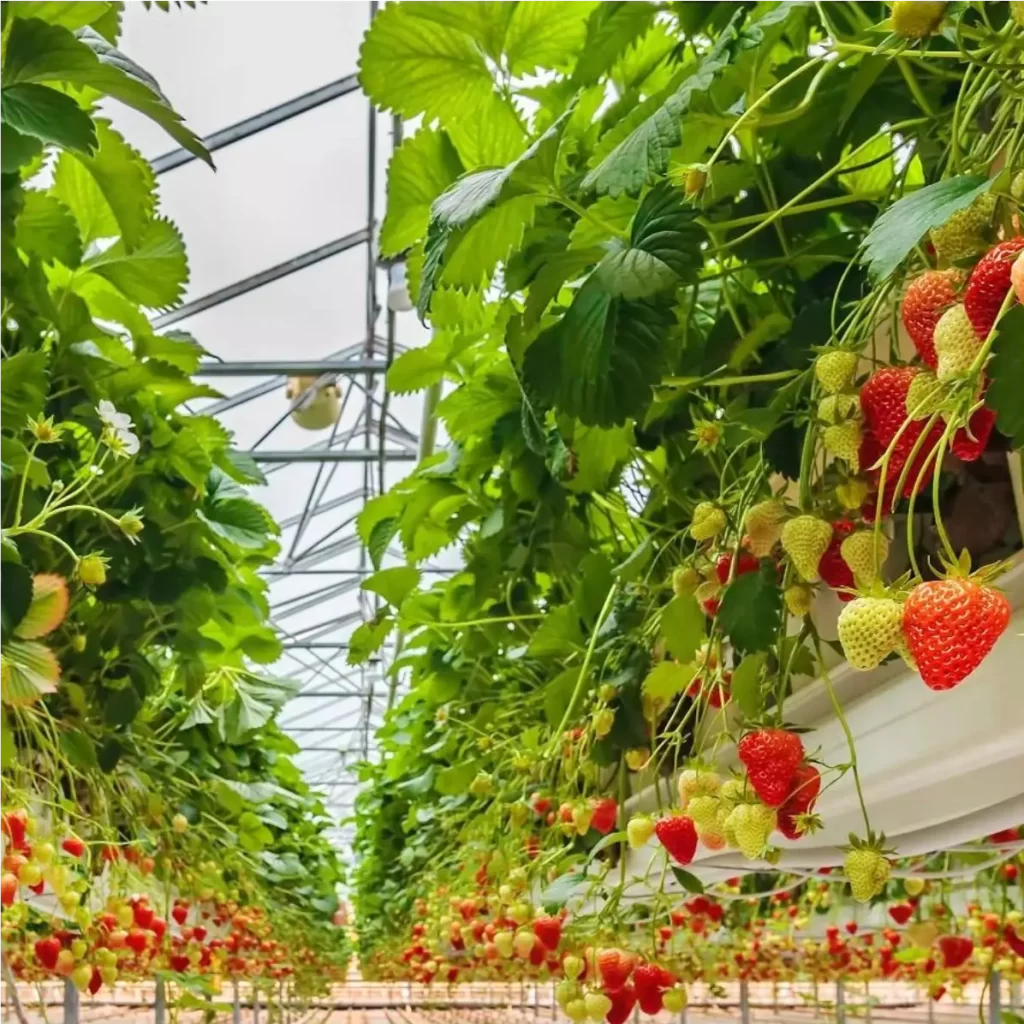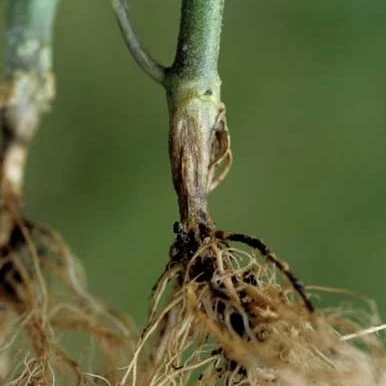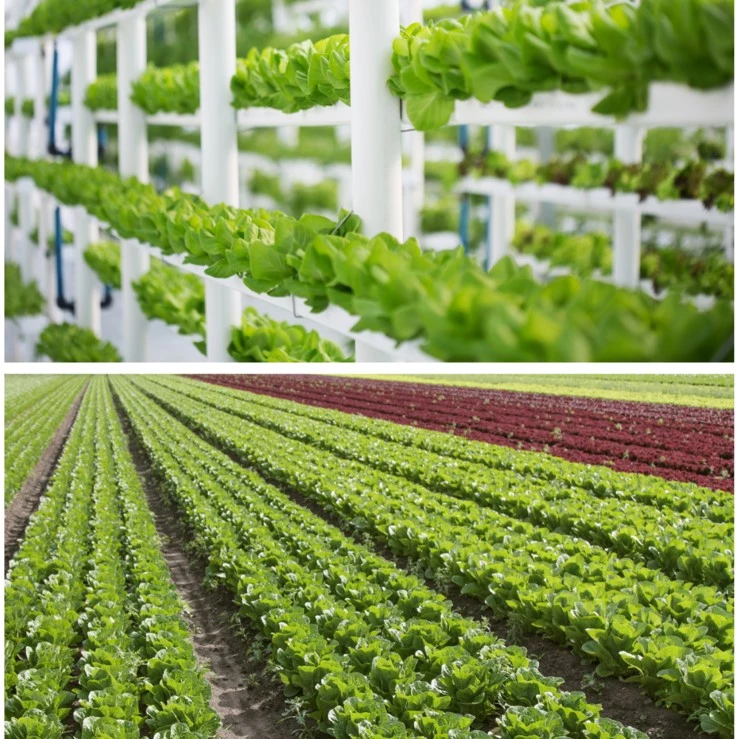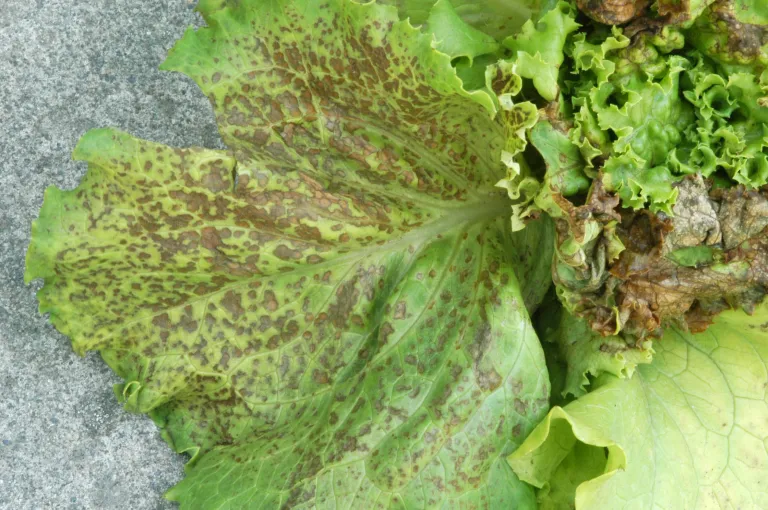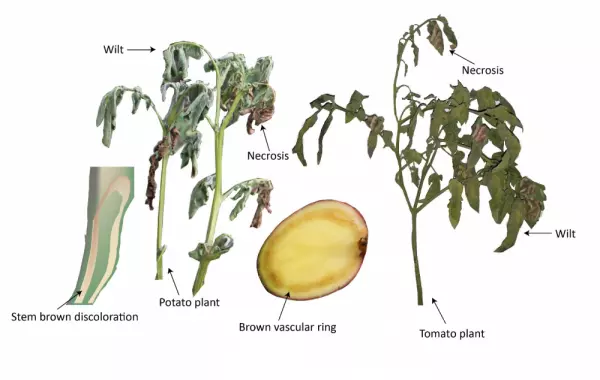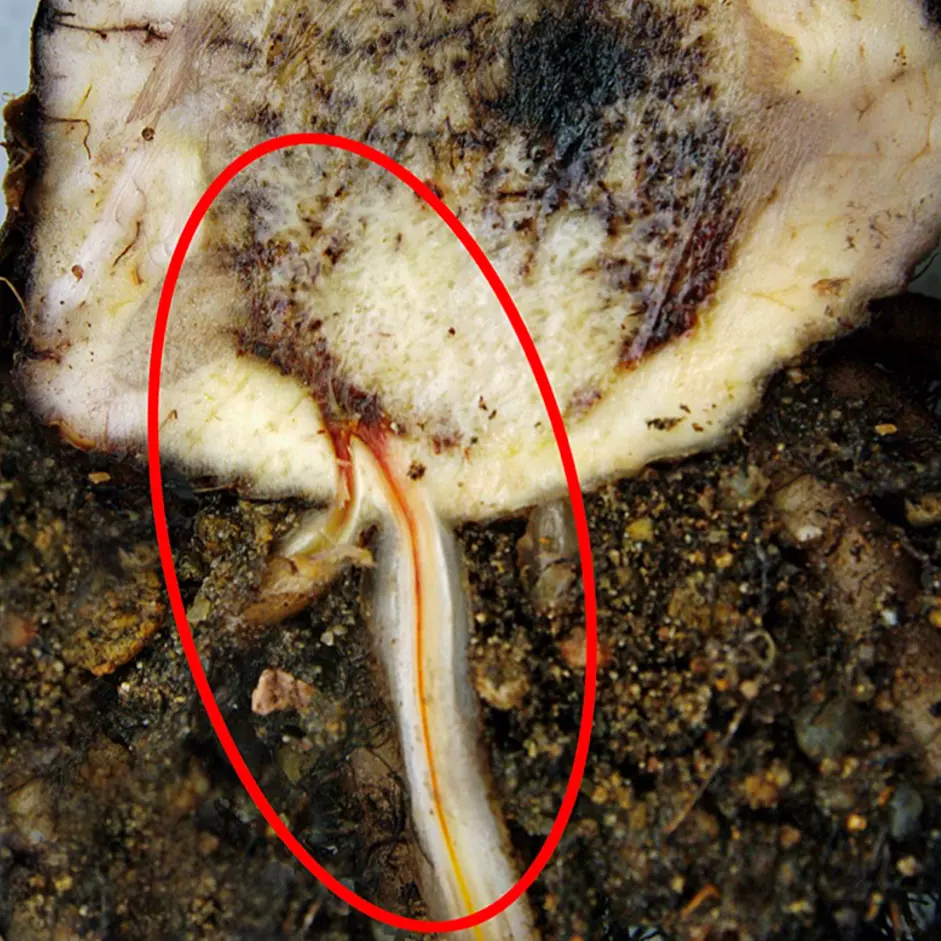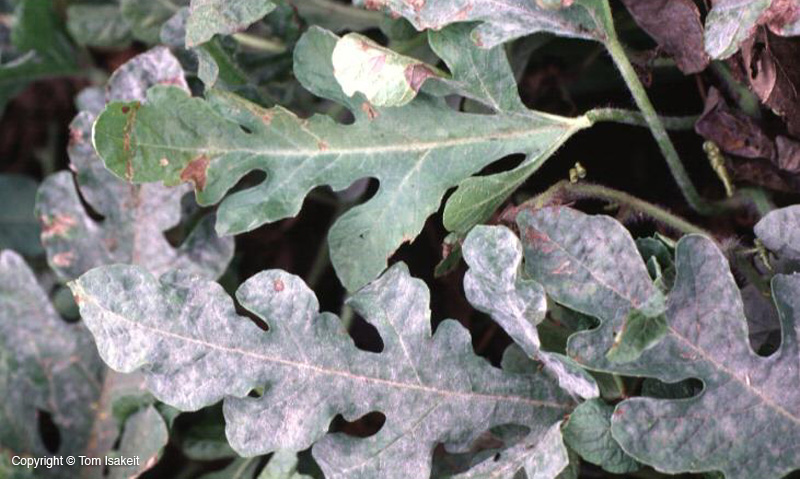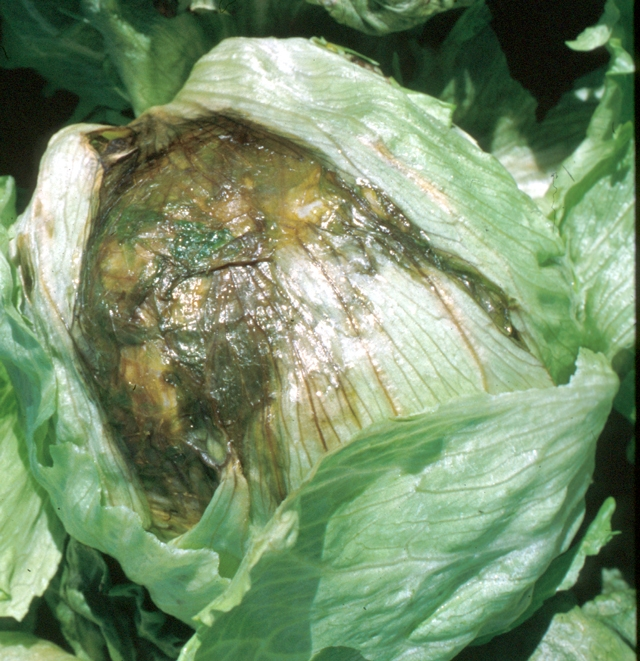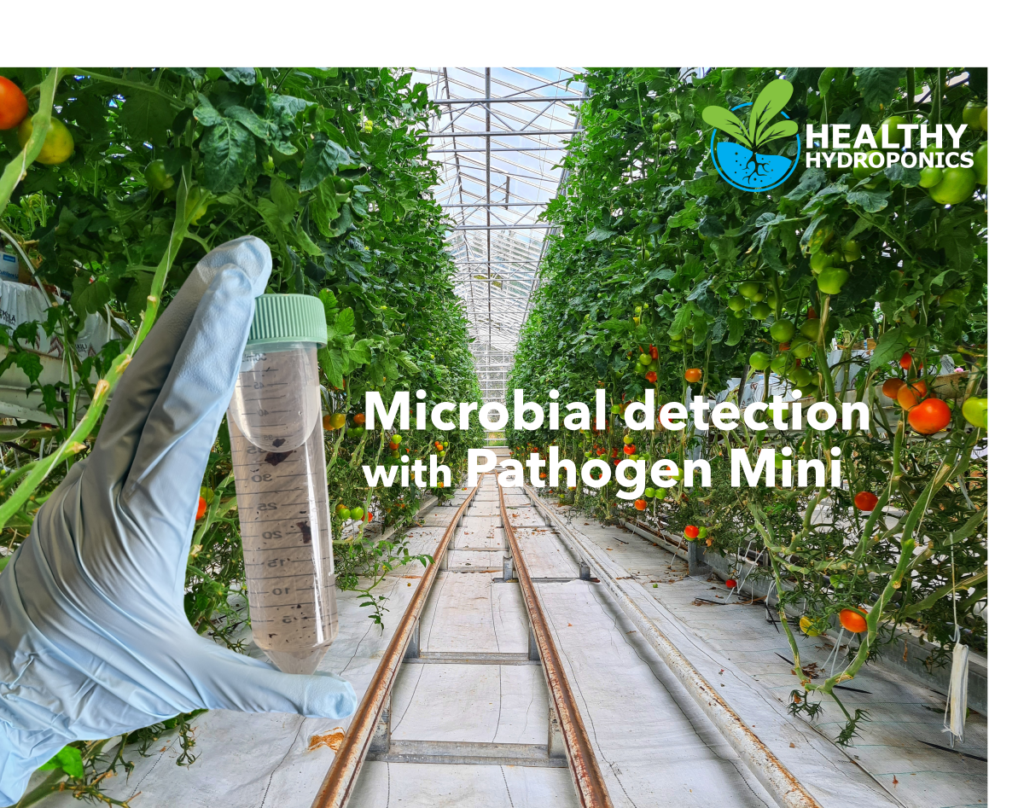Cutting the Greenbelt puts Ontarians’ food security at risk This past weekend, grassroots organizations and residents of all ages across Southern Ontario bundled into their coats and tuques to rally and raise signs saying “Save the Greenbelt” and “Keep the Green” while chanting “Hands off the Greenbelt!”. A palpable sense of frustration for the need […]
The Rise of Hydroponic Strawberries With an increased prevalence of pathogens in various crops and a development in hydroponic technology, it seems that hydroponic strawberries have become a popular crop among growers. There are many benefits to both growers and Canadian consumers regarding hydroponic strawberries. We will look at some of these benefits and what […]
Rhizoctonia solani What is Rhizoctonia solani? The fungus Rhizoctonia solani is a soilborne pathogen that spreads in wet and warm conditions. It infects many economically vital plants—including greenhouse vegetables, ornamentals, and field crops [1, 2]. Crops affected by this pathogen include peppers, lettuce, potatoes, tomatoes, rice, soybeans, wheat, lilies and turf grass. In fact, it […]
Hydroponic vs. Soil Cultivation Hydroponic farming mitigates many issues and stressors that traditional farmers face. These issues can include reliance on the weather, soil erosion, poor drainage, and unsuitable soil compaction or nutrient density. Hydroponic farming allows for less usage of water than irrigation systems. Hydroponics not only recycle water, but its controlled system will […]
Impatiens Necrotic Spot Virus An emerging threat to greenhouse vegetables Impatiens necrotic spot virus first emerged in floriculture and nursery crops [1] and is now affecting and causing considerable losses to these greenhouse-grown vegetable crops such as cucumber, tomato, pepper, and lettuce [2]. An economic analysis done on two lettuce growers in the Salinas Valley […]
Ralstonia solanacearum What is Ralstonia solanacearum? The bacterial pathogen Ralstonia solanacearum is a Gram-negative, soil-borne bacterial pathogen that causes bacterial wilt and brown rot in potatoes. This bacterium belongs to a complex of four groups called phylotypes. These groups are known as the R. solanacearum species complex (RSSC). Each group is dominant in a geographical […]
What is Fusarium oxysporum? Fusarium oxysporum is a fungus which can cause root rot, crown rot and, most commonly, wilting in a wide variety of crops such as basil, lettuce, cannabis and tomatoes (Figure 1). Wilting caused by F. oxysporum is known as Fusarium wilt and is a common culprit in field agriculture but is […]
What is Podosphaera xanthii? Podosphaera xanthii is a pathogenic fungus which causes “powdery mildew” on plants, especially cucurbits [1]. The naming of this fungus is not standardized, and you may also know it as Podosphaera fusca, Sphaerotheca fuliginea or Sphaerotheca fusca [1]. In addition to P. xanthii, powdery mildew is caused by many other fungal […]
What is Pectobacterium carotovorum? Pectobacterium carotovorum is one pathogen, of many, that causes soft rot in plants. It is a Gram-negative, rod-shaped, facultative anaerobe [1], (Figure 1). This bacteria is part of the order Enterobacterales [2] which includes other well-known bacteria such as Escherichia coli, Klebsiella pneumoniae and Salmonella, to name a few. Soft rot is […]
Up to 40% of global crop loss is due to pests and plant diseases costing the global economy over $220 billion annually estimated by The Food and Agriculture Organization of the United Nations (FAO). Plant pathogens are not just a problem in traditional field agriculture, but also in indoor farms such as greenhouses and vertical […]



